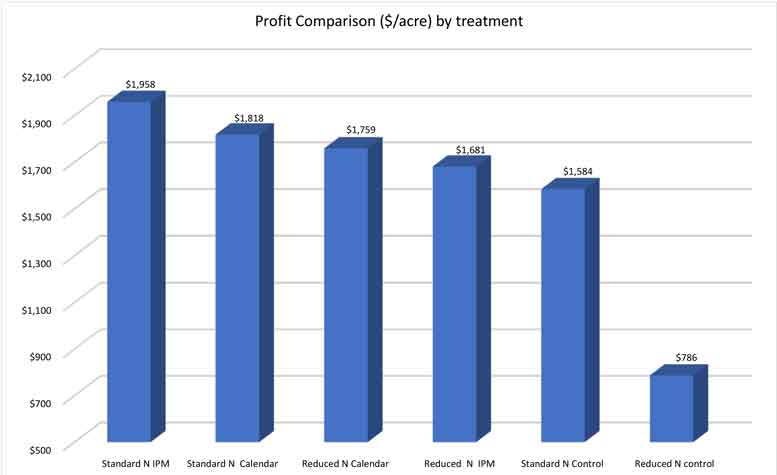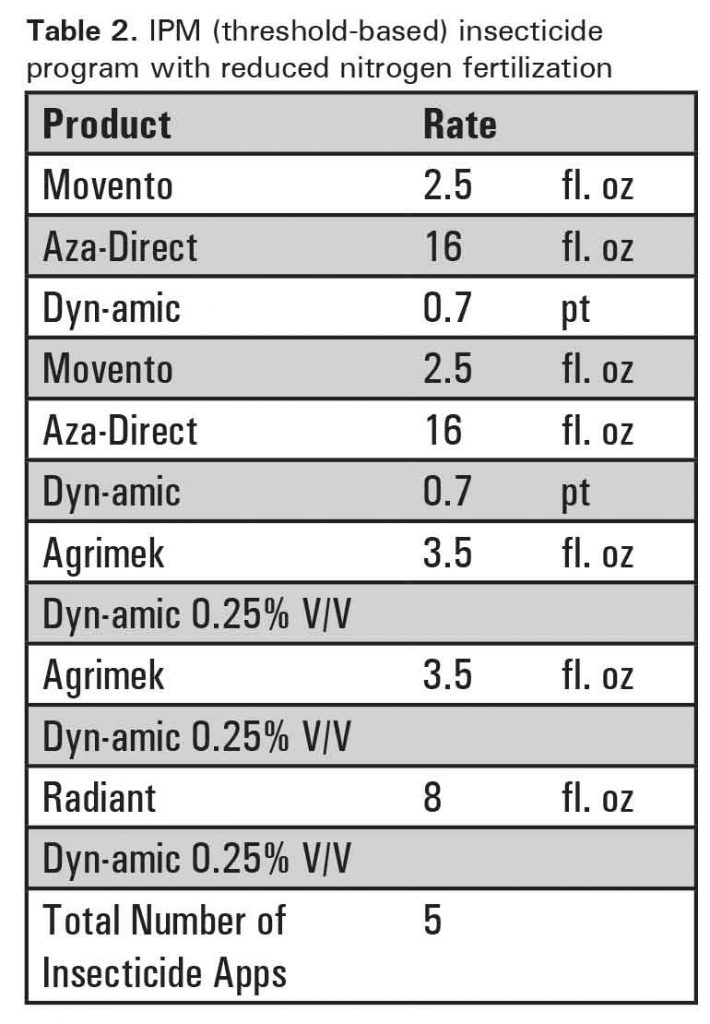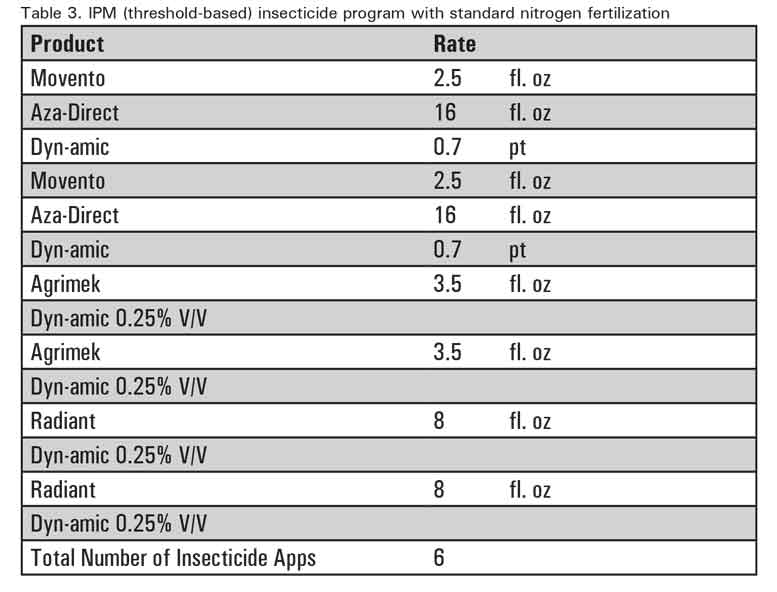|
Click to listen to this article
|
By Gina Greenway, Greenway Research
Erik Feibert, Malheur Experiment Station, Oregon State University
If asked to describe the 2021 growing season, the word “up” comes to mind. Fertilizer, fuel, drip irrigation supplies, labor and equipment prices all went up during the 2021 crop cycle.
There is no way to know exactly what 2022 will bring, but the concern is that “up” could once again be the theme. The question that is most often asked, yet is difficult to answer, is what can be done to mitigate the rising costs of production? Regardless of the economic climate, it never hurts to sharpen our pencils.
Judicious farm management can help ensure we only use the inputs we need when we need them. On a national scale, the USDA prices paid index for nitrogen-based fertilizers was up 39 percent from September 2020 to September 2021. As a result of the steep increases in 2021 and unpredictability surrounding 2022, one priority will be to make sure we are getting the most from our fertilizer dollars. Budgeting for and investing in soil tests is always a good recommendation because fertility needs will vary with location and soil type. Determining precise nutrient needs can help us make sure we aren’t over- or under-applying amendments, which makes good economic sense.
Thrips management is another area where judicious strategy can pay off. The cost of insecticides for a single thrips-targeted application can range from $12 to $58 per acre depending on product choice and application rate. The average cost of the most widely used products is about $33 per acre. Add the cost of adjuvants, labor and fuel for the spray rig, or the cost of a custom application, to the cost of materials, and it’s easy to see a penny saved is a penny earned.
However, there are tradeoffs associated with any management decision, and careful consideration must be given to ensure any savings from reduced input use are not offset by reductions in yield and quality.

Field Trial
A 2020 field trial from the Malheur County Experiment Station provides insight on the topic of fertilization, thrips management and yield outcomes. The research sought to determine if threshold-based insecticide treatments and reduced nitrogen fertilization could improve thrips control without affecting yield of dry bulb onions. We used data from the experiment to conduct an economic analysis of the various management strategies.
The experiment was designed to evaluate two levels of nitrogen fertilization and three levels of insecticide treatments. Soil and tissue tests were used to determine the nitrogen requirements used in the standard fertilization program. A total of 120 pounds (per acre) of in-season nitrogen was applied in the standard treatment. A total of 50 pounds (per acre) of in-season nitrogen was applied in the reduced treatment. Insecticide treatments included a calendar-based weekly application program, an integrated pest management (IPM) action-based threshold program and an untreated control. The action-based spray program used a threshold of one thrips per leaf. Sampling protocol and full details of the experiment are available at https://agsci.oregonstate.edu/article/management-onion-thrips-threshold-based-insecticide-applications-and-reduced-nitrogen.
The reduced and standard nitrogen treatments received a total of seven insecticide applications in the calendar-based insecticide program (Table 1). Five total insecticide applications were used in the IPM program with reduced nitrogen fertilization (Table 2). Six total insecticide applications were applied in the IPM program with standard nitrogen fertilization (Table 3).

Methods
Six budgets were constructed to evaluate the economic impacts of each treatment considered in the field trial. Some simplifying assumptions were made to assist in the analysis. All fixed and variable cost data except in-season nitrogen fertilization and insecticide treatments were taken from the 2021 cost of onion production estimates for Malheur County, Oregon. The fertilization and insecticide cost estimates used in the budgets were based on specific treatment applied. Nitrogen costs were based on fall 2021 pricing, as were insecticide treatment costs. Using pricing estimates from 2021 allowed for evaluation of how various management changes could impact profit during periods of high inputs costs.
Total revenue was calculated by combining the estimated marketable yields by size class from each treatment with historicalpricing from USDA Agricultural Marketing Service Market News Reports. The three-year season average (2018-2020) of weekly high and low FOB prices by size class for 50-pound sacks of yellow onions shipped from Idaho and Malheur County, Oregon, were applied. Profit was calculated by subtracting total revenue from total costs.

Results
All insecticide treatments produced higher profit than the untreated controls. The greatest profit resulted from the standard nitrogen fertilization program in combination with the action threshold-based (IPM) thrips management program. In this study, the percentage of bulbs grading in the larger size categories was greater with standard nitrogen programs than in the reduced nitrogen programs, but the differences were not statistically significant.
Even though the IPM program with standard nitrogen fertilization received fewer spray applications, it produced higher total revenue than any other treatment. Fewer insecticide applications did not negatively impact yields in this experiment. The standard nitrogen fertilization and IPM-based spray program resulted in an estimated profit that was $140 per acre greater than the standard nitrogen fertilization and calendar-based spray program. When compared to the control that used standard nitrogen fertilization, the IPM program with standard fertilization produced $374 more per acre in profit.

Conclusion
Results of this analysis suggest implementing IPM-based approaches to thrips management could reduce costs and improve profit. However, the data presented in this article only represent one growing season and a specific geographic location. Future research in subsequent crop cycles will provide more data for evaluation of approaches to IPM-based thrips management strategies.
Authors’ note: This work is supported by Specialty Crop Research Imitative grant # 2018-51181-28435 from the USDA National Institute of Food and Agriculture.
